High above the endless blue of our planet’s oceans, a small bird with the wingspan of just a yard embarks on the longest migration known to science. The Arctic Tern (Sterna paradisaea) makes an annual journey that would exhaust even the most seasoned human traveler, flying from pole to pole and back again. These extraordinary birds witness two summers each year, more daylight than perhaps any other creature, and navigate across featureless oceans with pinpoint accuracy. Their remarkable migration stands as one of nature’s most impressive feats, representing the pinnacle of avian endurance and navigational precision. As climate change alters our planet’s rhythms, understanding these global wanderers becomes increasingly crucial for conservation efforts and our appreciation of nature’s marvels.
The Arctic Tern: A Global Marathoner
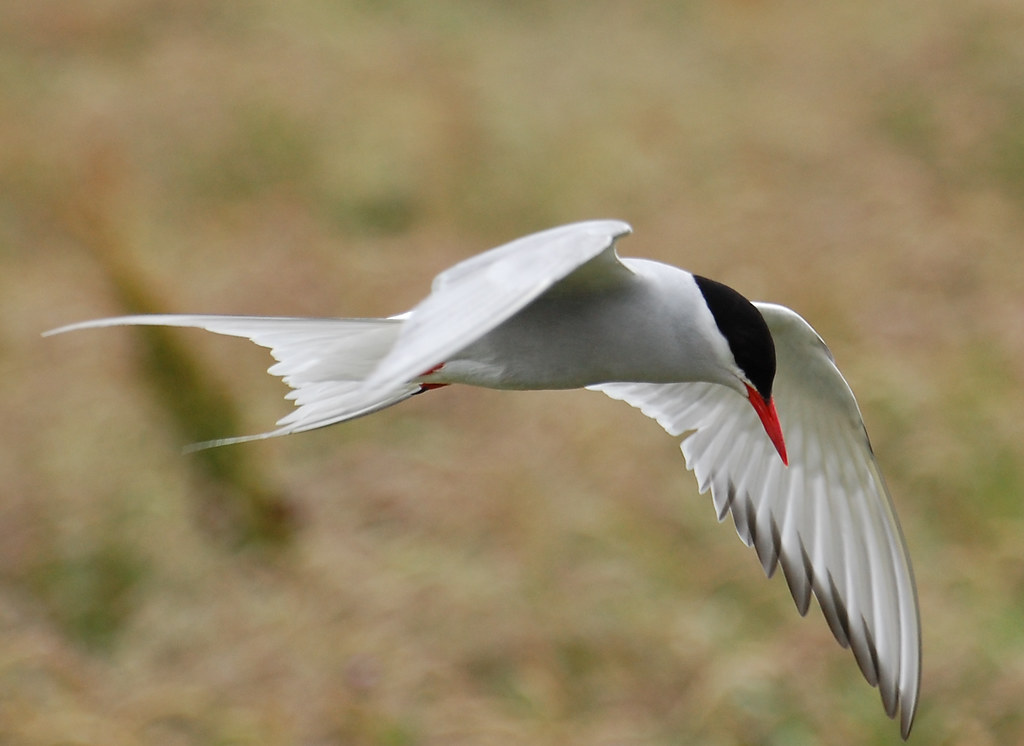
The Arctic Tern holds the undisputed title for the longest migration of any animal on Earth, traveling approximately 44,000 miles (70,800 kilometers) annually on its pole-to-pole journey. These medium-sized seabirds, weighing just 3-4 ounces (85-115 grams), possess streamlined bodies perfectly adapted for their transcontinental flights. Their distinctive appearance includes a black cap, pearl-gray upperparts, white underparts, and a deeply forked tail that has earned them the nickname “sea swallow” in many languages. Most remarkably, their epic migration means that Arctic Terns experience more daylight than any other creature, as they follow the summer season between the Arctic and Antarctic, essentially living in perpetual summer for their 30-year lifespan.
Breeding in the Land of the Midnight Sun
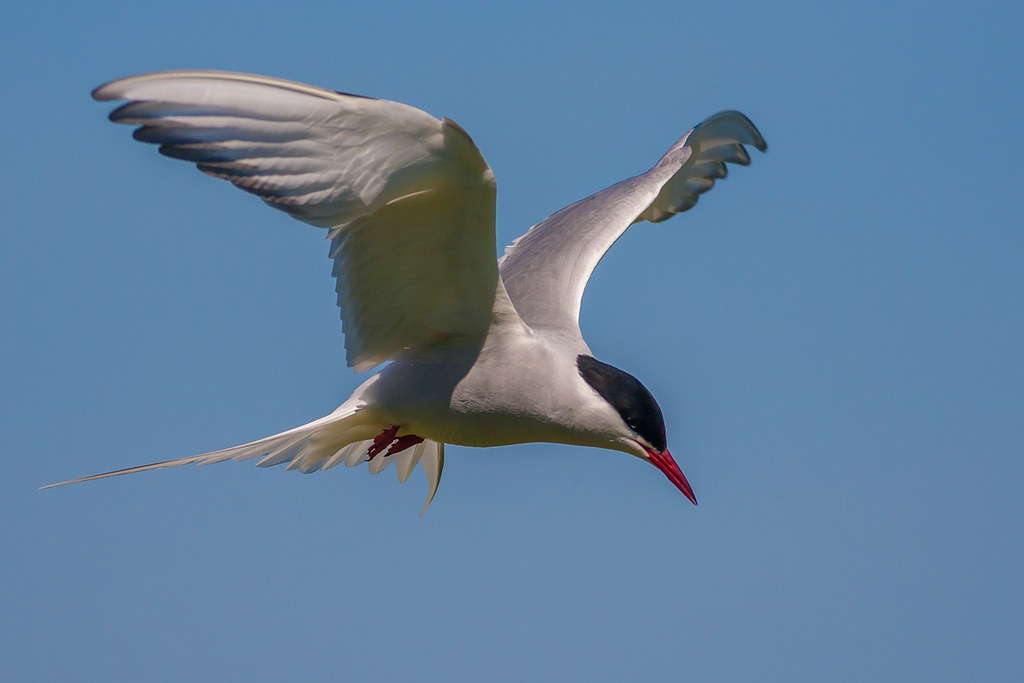
The Arctic Tern’s annual journey begins in the northernmost reaches of our planet, where they establish breeding colonies across the circumpolar Arctic. From coastal Alaska and northern Canada to Greenland, Iceland, and Scandinavia, these birds claim territory on open ground near shorelines, creating simple nest scrapes in sand or gravel. Female terns typically lay 1-3 camouflaged eggs between May and June, during the continuous daylight of the Arctic summer. Both parents share incubation duties for approximately 21-27 days, fiercely defending their nests from predators with dramatic diving attacks and alarm calls. After hatching, the chicks remain dependent on their parents for about 25-30 days before fledging, at which point the entire colony begins preparing for their monumental southward migration.
Navigation: Nature’s Most Sophisticated GPS
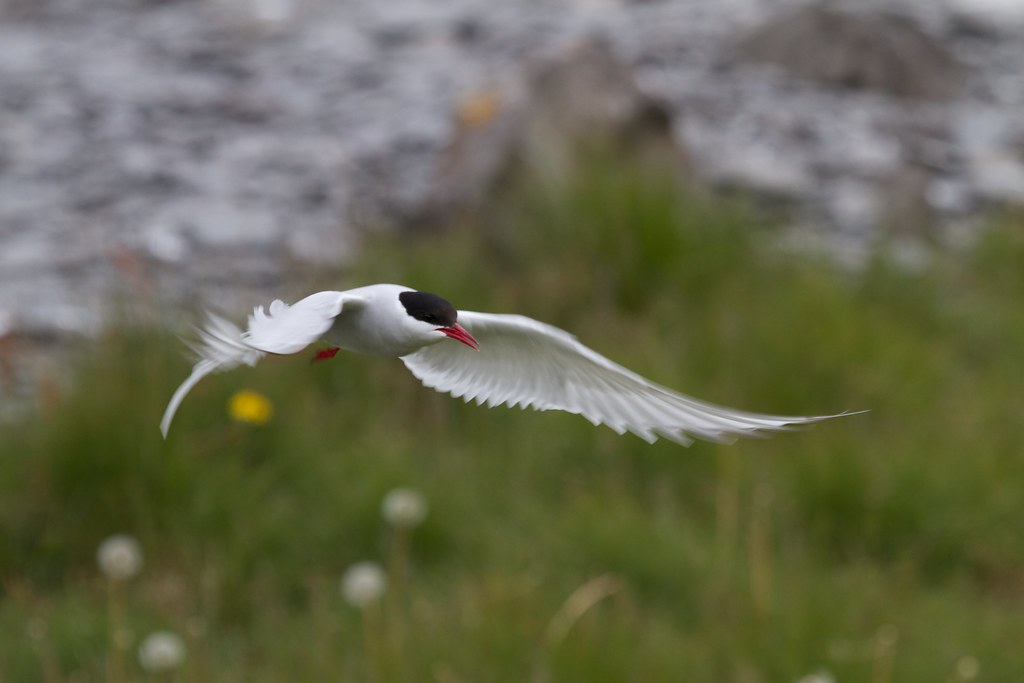
The navigational abilities of Arctic Terns represent one of the most sophisticated orientation systems in nature, allowing them to find their way across vast featureless oceans with remarkable precision. Scientists believe these birds employ multiple navigational tools, including detecting Earth’s magnetic field through specialized cells containing magnetite crystals in their beaks and brains. Visual cues such as coastlines, mountain ranges, and even star patterns provide additional directional information during their journey. Recent research suggests Arctic Terns may also use olfactory navigation, detecting subtle oceanic scents that create invisible “smell maps” across the globe. Perhaps most impressively, young terns making their first migration rely primarily on innate genetic programming rather than learned behaviors, demonstrating the extraordinary evolutionary refinement of their navigational abilities.
The Southward Journey: Following the Food
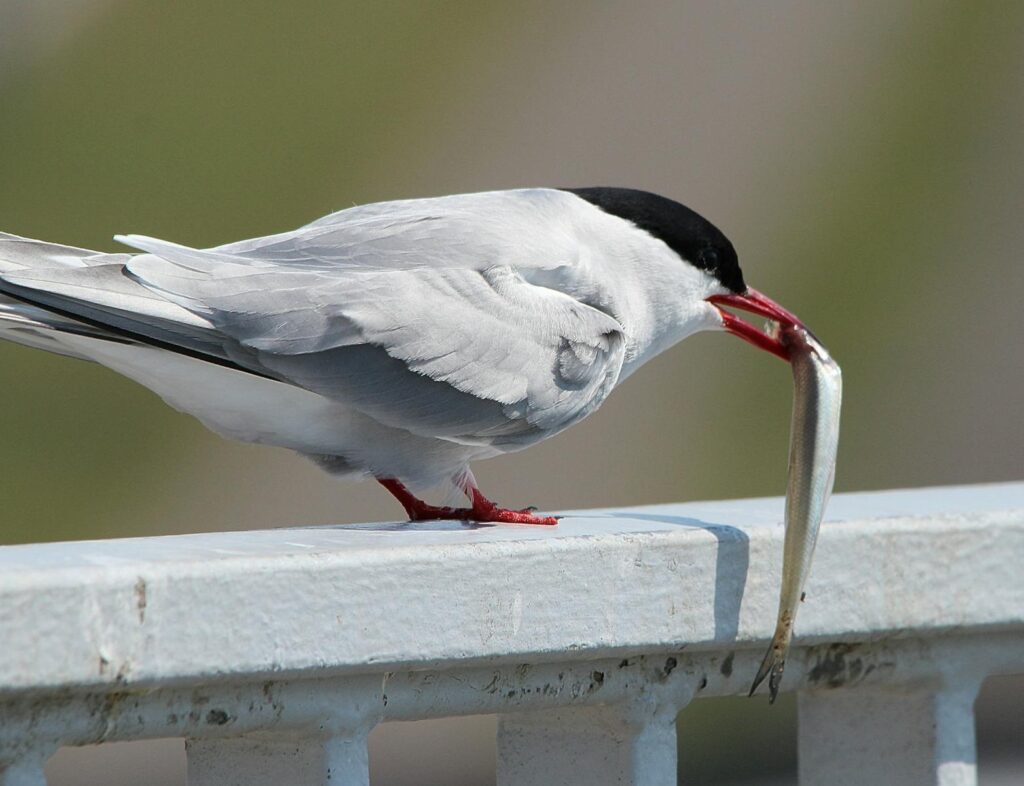
When the brief Arctic summer fades in August, Arctic Terns begin their extraordinary southward migration, following routes that maximize feeding opportunities along the way. Rather than taking the most direct path, these birds follow sinuous routes that often resemble giant figure-eight patterns across the Atlantic and Pacific Oceans. This strategic path allows them to exploit productive marine regions and favorable wind patterns that reduce energy expenditure during their lengthy journey. East Atlantic populations typically migrate down the coasts of Europe and Africa before crossing to Antarctic waters, while North American terns often follow the eastern seaboard before heading out across the Atlantic. The journey south can take up to three months, with birds traveling approximately 150-250 miles per day while feeding on small fish, crustaceans, and marine invertebrates along the way.
Antarctic Summers: The Southern Sojourn
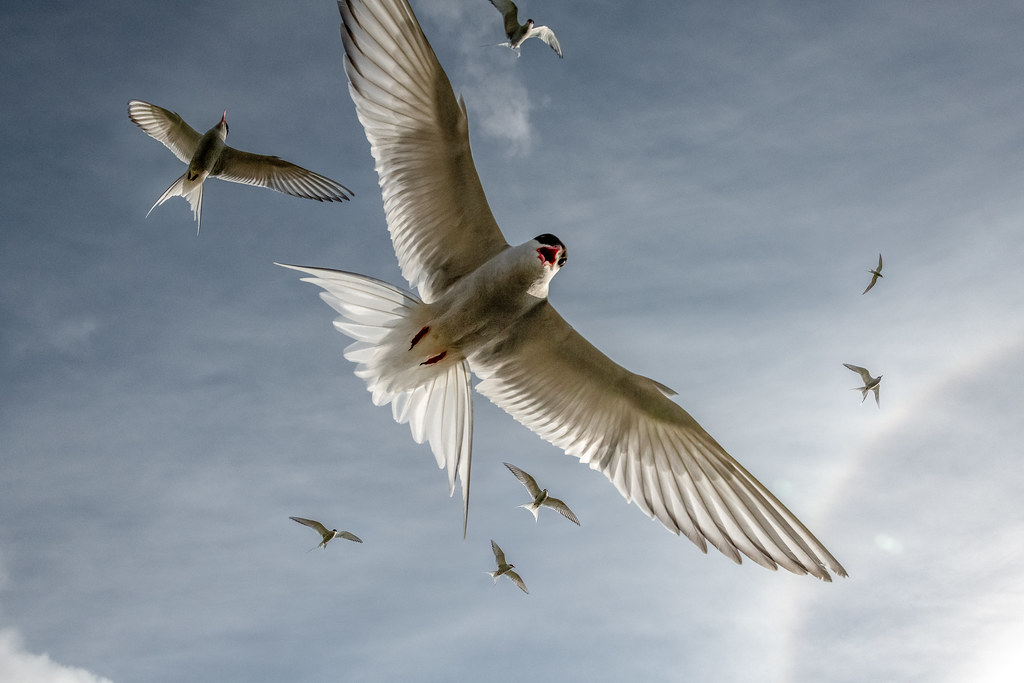
By November, Arctic Terns reach their Antarctic destination, where they will spend the austral summer feeding in the productive waters surrounding the southernmost continent. Unlike their focused breeding behavior in the north, terns adopt a more nomadic lifestyle in the Antarctic, following abundant food resources along the ice edge and open waters. For approximately four to five months, they gorge on krill, small fish, and marine invertebrates, replenishing fat reserves depleted during their southward migration. Scientists tracking Arctic Terns with geolocators have discovered that many birds spend considerable time in the Weddell Sea region, where upwelling currents create particularly rich feeding grounds. This period of Antarctic residency represents a critical time for the birds to recover and prepare for their equally challenging northward return journey.
The Return North: Racing to Breed
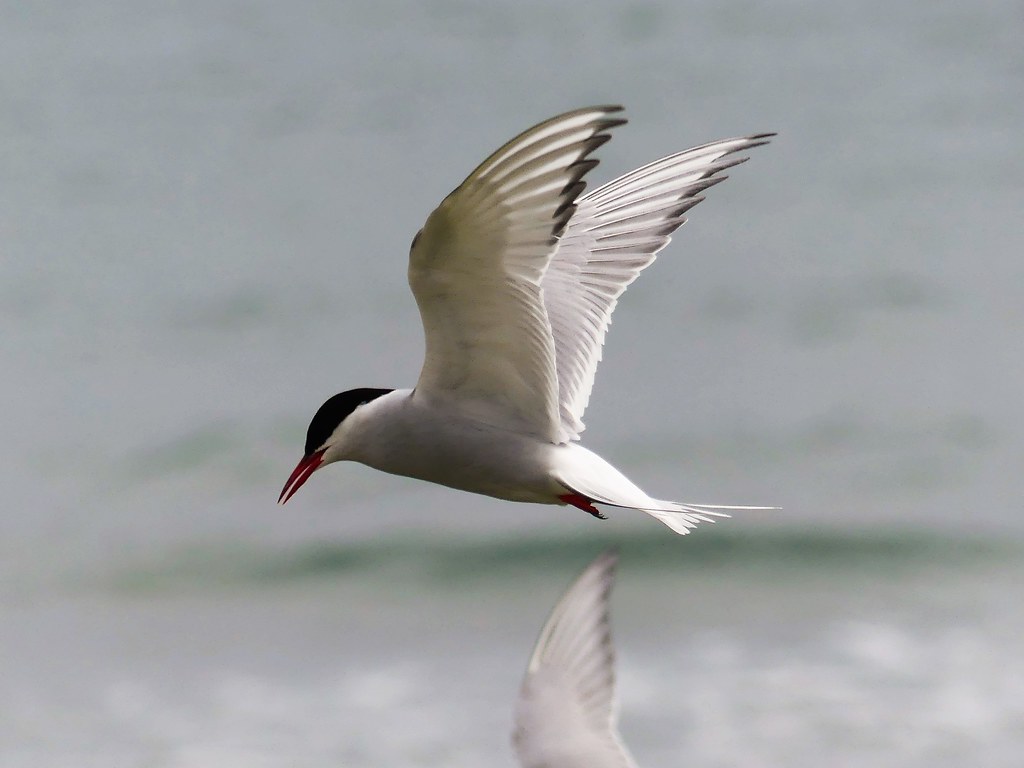
As Antarctic autumn approaches in March and April, Arctic Terns once again take flight, beginning their northward migration back to breeding grounds thousands of miles away. Interestingly, most terns take a different route home than their southward journey, creating a giant annual loop that maximizes favorable winds and feeding opportunities. Many birds follow a more central Atlantic route northward, stopping briefly at productive marine areas like the Newfoundland Grand Banks before making their final push to Arctic breeding territories. The northward journey typically happens more quickly than the southward migration, with birds often covering the distance in just two months as they race to claim prime breeding territories. Upon arrival in May, the cycle begins anew as these remarkable travelers immediately commence courtship and nest-building activities in the land of the midnight sun.
Physical Adaptations for Extreme Travel
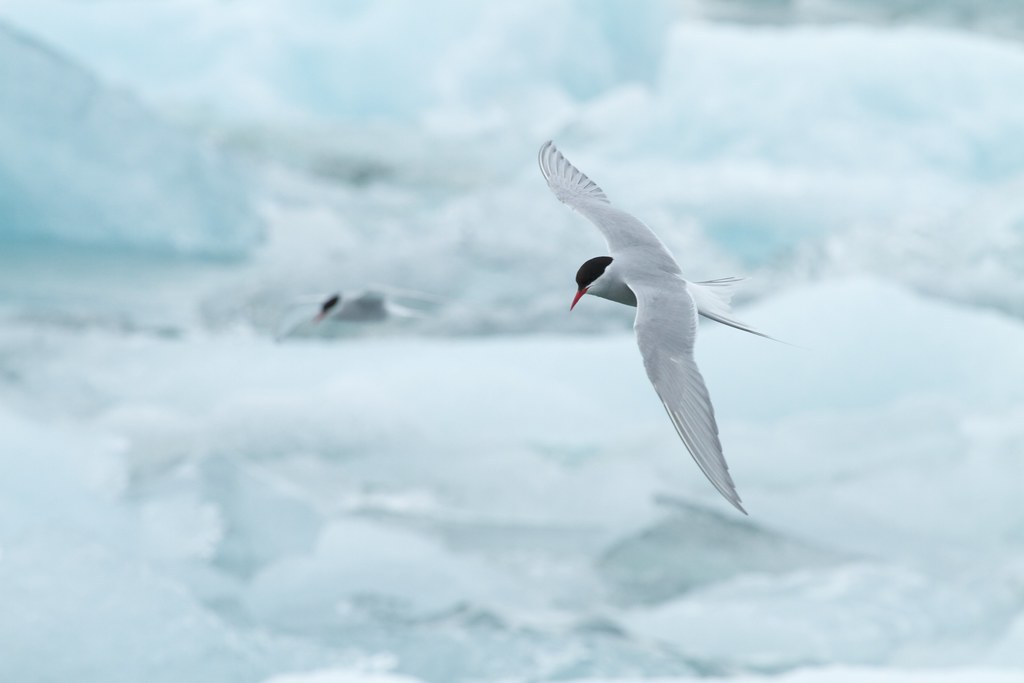
The Arctic Tern’s body represents a masterpiece of evolutionary engineering, perfectly adapted for their unparalleled migratory lifestyle. Their lightweight, streamlined bodies minimize energy expenditure during flight, while their long, narrow wings provide exceptional lift-to-drag ratios that allow efficient gliding across vast distances. Unlike many birds that undergo complete wing feather molts that would temporarily ground them, Arctic Terns have evolved a gradual, asynchronous molting pattern that allows continuous flight capability throughout the year. Their metabolism has adapted to function efficiently on sporadic feeding opportunities, with the ability to rapidly convert consumed fish into energy-dense fat stores that fuel their marathon journeys. Perhaps most remarkably, Arctic Terns can sleep during flight by entering brief states of unihemispheric sleep, where one brain hemisphere remains active while the other rests, allowing them to maintain awareness while obtaining crucial rest.
The Longevity Paradox: Living Long Through Constant Motion

One of the most surprising aspects of Arctic Tern biology is their exceptional longevity, with individuals regularly living 20-30 years despite their small size and intense lifestyle. This defies the typical pattern in biology where smaller animals with faster metabolisms generally have shorter lifespans. Scientists believe their remarkable longevity relates to their migratory lifestyle, which helps them avoid seasonal food shortages and harsh weather conditions that might otherwise increase mortality. A particularly famous Arctic Tern documented in the wild lived to at least 34 years, meaning this individual had flown approximately 1.5 million miles in its lifetime, equivalent to three round-trip flights to the moon. This evolutionary paradox has made Arctic Terns subjects of interest in aging research, as scientists seek to understand how these birds maintain cellular health despite their high-energy lifestyle and exposure to significant environmental stressors.
Challenges of Modern Oceans
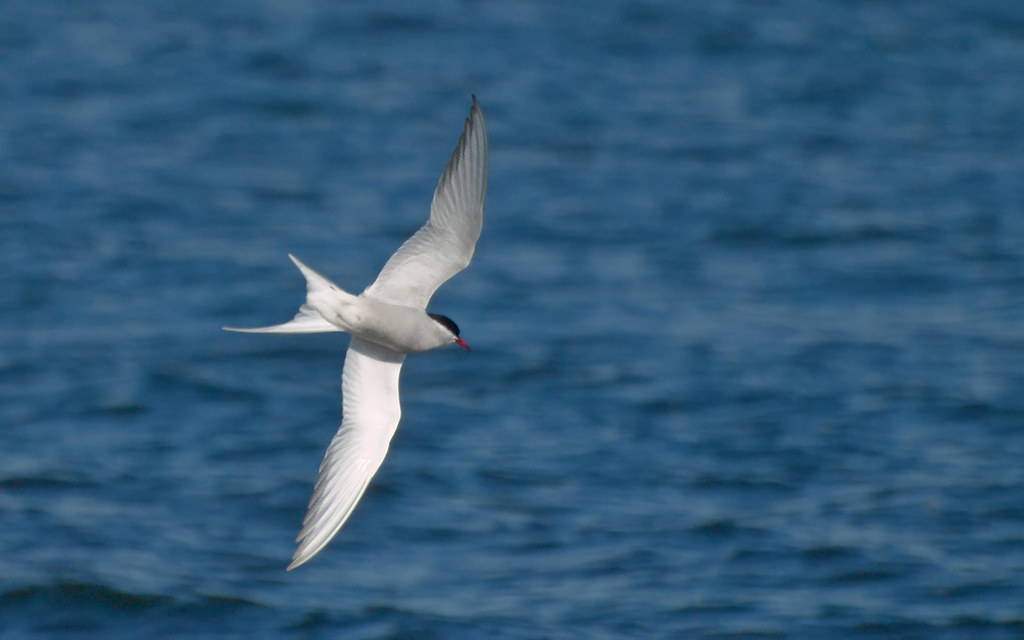
Despite their remarkable adaptations, Arctic Terns face growing threats in our rapidly changing world, particularly across the vast oceans they traverse annually. Marine pollution, especially plastic debris that can be mistaken for food, poses serious risks along migration routes, with microplastics now found in the diets of many seabirds including terns. Overfishing has depleted many fish stocks that terns rely upon, forcing birds to expend more energy searching for alternative food sources during their energy-intensive migrations. Oil spills continue to threaten terns and other seabirds, with even small amounts of oil compromising feather waterproofing and insulation properties essential for survival. Perhaps most ominously, climate change is altering ocean currents and marine productivity patterns that terns have evolved to exploit, potentially creating mismatches between migration timing and peak food availability in traditional feeding areas.
Threats to Arctic Breeding Grounds
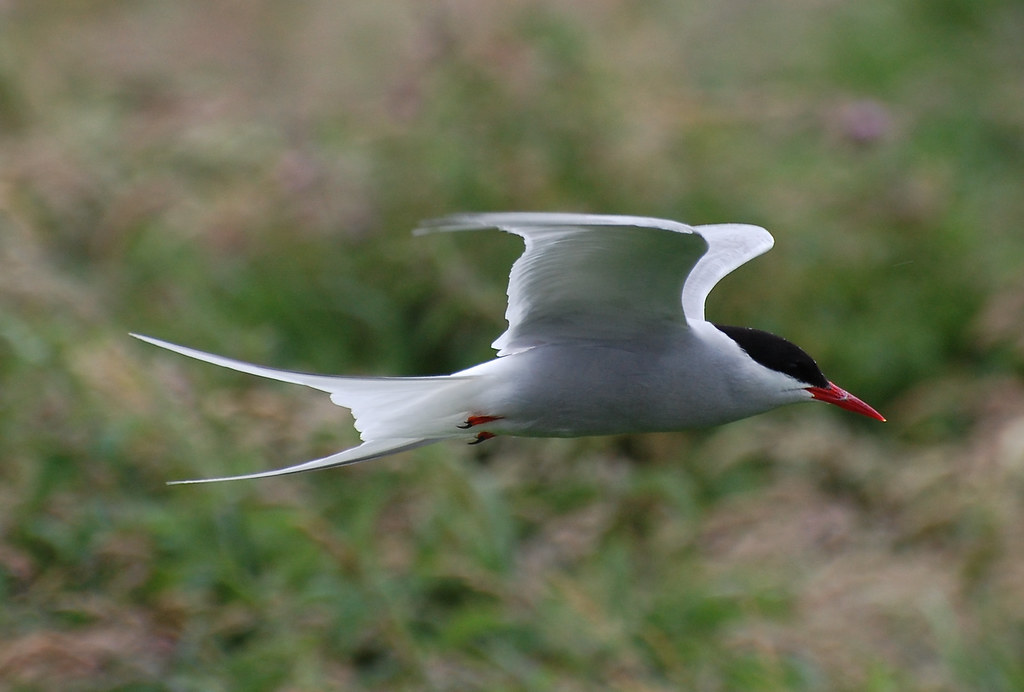
The Arctic breeding grounds, crucial to Arctic Tern reproduction, face their own set of mounting pressures as the region warms at more than twice the global average rate. Rising sea levels and increasingly severe coastal storms threaten to inundate the low-lying coastal habitats where terns traditionally nest, particularly during the sensitive egg and chick stages. Changing Arctic ecosystems have allowed predators like foxes and gulls to expand their ranges northward, increasing predation pressure on tern eggs and chicks in areas previously considered safe havens. Human development and resource extraction activities are expanding in the Arctic as ice retreat makes previously inaccessible areas available for exploitation, creating disturbance and habitat degradation near important breeding colonies. These combined pressures mean that many Arctic Tern breeding colonies have experienced population declines of 30-70% in recent decades, despite the species’ adaptability and wide distribution.
Conservation Efforts: Protecting a Global Traveler
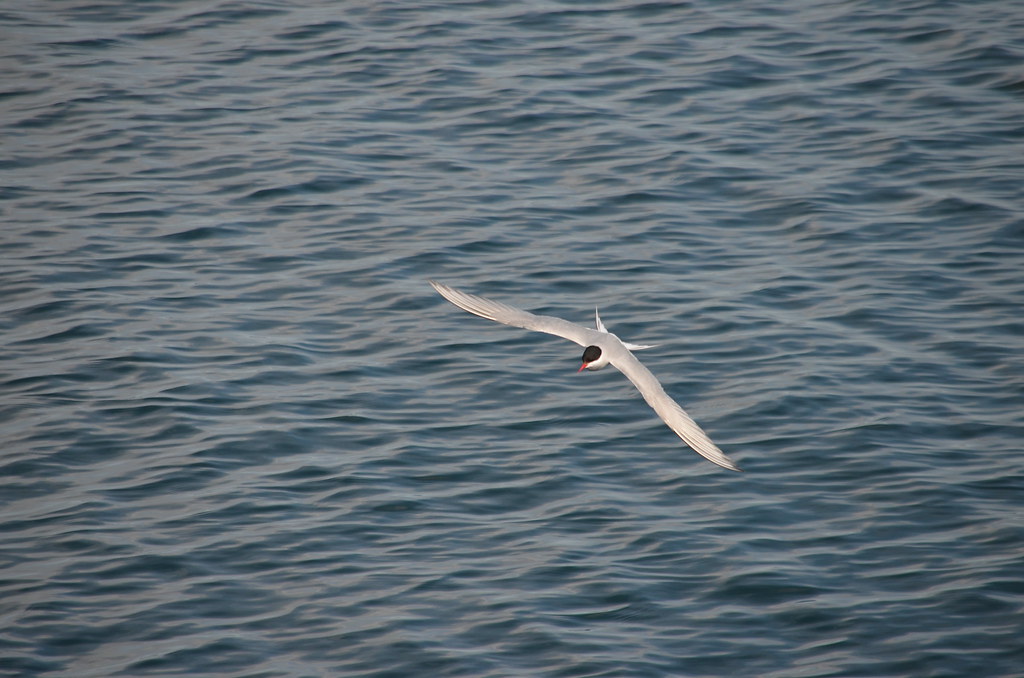
Conserving a species that travels across dozens of international boundaries presents unique challenges that require coordinated global action. International agreements like the Agreement on the Conservation of African-Eurasian Migratory Waterbirds (AEWA) provide frameworks for protecting Arctic Terns and other migratory birds across their entire range, though implementation varies widely by country. Many Arctic breeding sites have received protected status through national park designations or wildlife refuges, with some colonies actively managed to reduce predation and human disturbance during the sensitive breeding season. Marine Protected Areas (MPAs) increasingly incorporate knowledge of tern migration routes and important feeding areas into their design, creating protected corridors across ocean basins. Plastic pollution reduction initiatives and sustainable fishing practices represent critical components of conservation efforts, as these measures help preserve the marine food webs upon which terns depend throughout their annual cycle.
Research Breakthroughs: Tracking the Untraceable
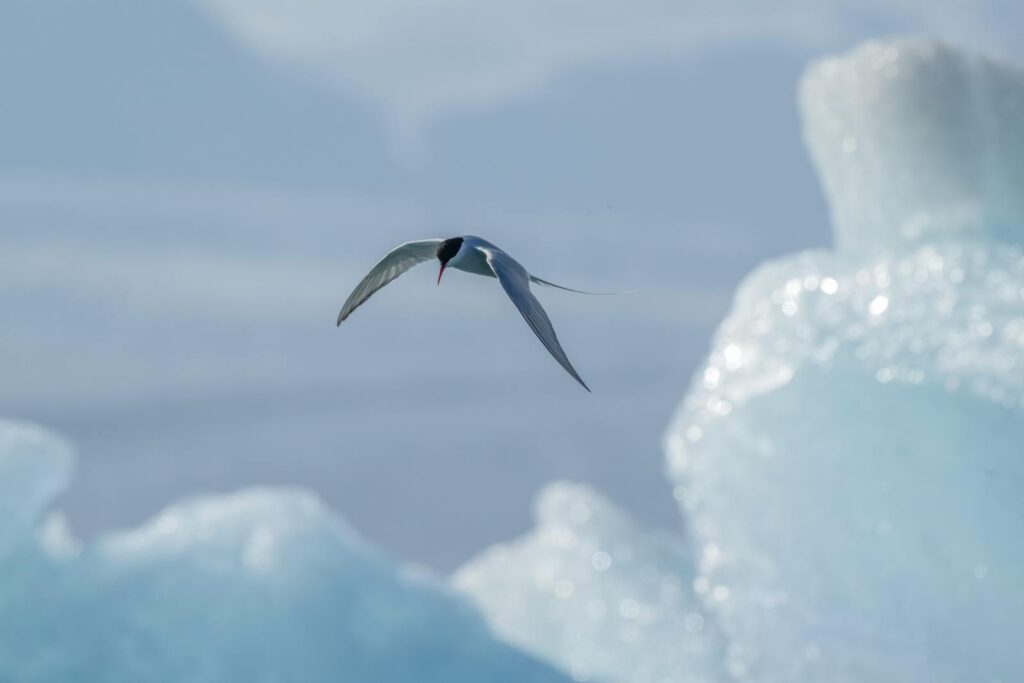
For centuries, the precise migration routes of Arctic Terns remained largely mysterious, with scientists limited to occasional sightings and band recoveries to piece together their journeys. The development of lightweight tracking technology has revolutionized our understanding of their migrations, with the first successful geolocator deployments in 2007 revealing previously unknown details about routes, stopover sites, and travel speeds. Modern tracking devices weighing less than a paperclip can now record location, flight altitude, water landings, and even diving behavior, creating unprecedentedly detailed pictures of individual tern journeys. Environmental DNA (eDNA) analysis of ocean water samples has begun revealing patterns of tern presence in remote marine areas without requiring direct observation or capture of birds. Isotope analysis of feathers molted at different stages of migration provides additional insights into feeding patterns and habitat use throughout the annual cycle, complementing tracking data to create a comprehensive understanding of these global wanderers.
The Cultural Significance of the Globe-Circling Bird
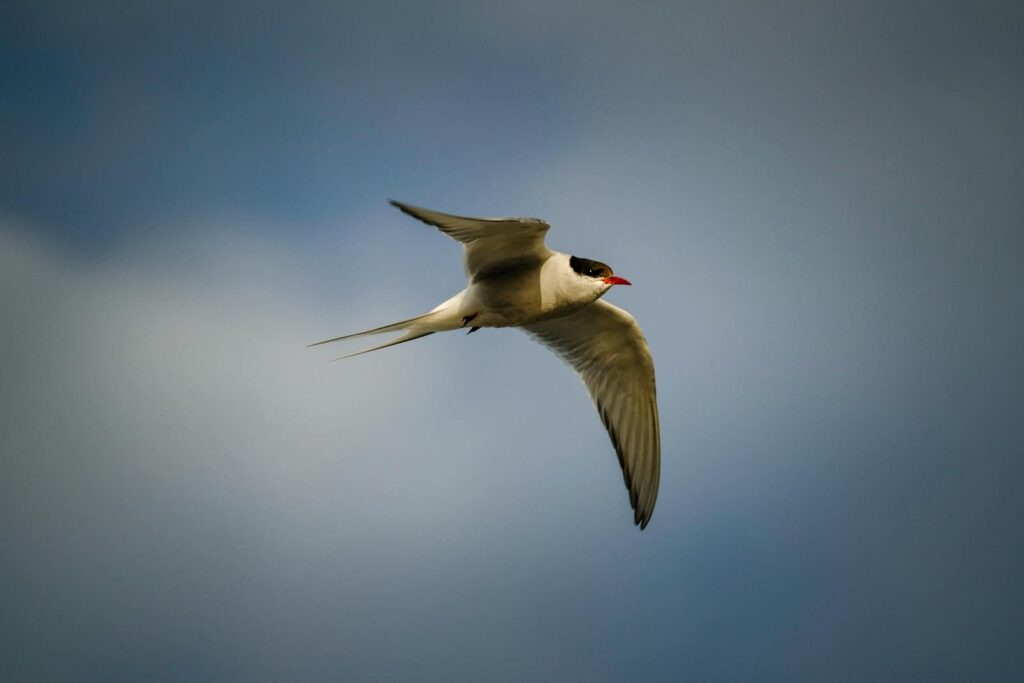
Throughout human history, Arctic Terns have captured human imagination and featured prominently in the folklore and traditions of northern peoples who witnessed their annual appearances. In many Inuit and northern Native American traditions, the arrival of terns signaled the definitive return of spring and the abundance of the brief Arctic summer, while their departure warned of the coming winter darkness. Norse seafarers observed terns following their ships and incorporated these birds into their navigational knowledge, recognizing that terns often indicated proximity to land or productive fishing grounds. The bird’s extraordinary migration has inspired countless poets, writers, and artists, serving as a powerful metaphor for freedom, perseverance, and the cyclical nature of life. In modern times, Arctic Terns have become powerful symbols in conservation messaging, representing the interconnectedness of global ecosystems and the need for international cooperation in environmental protection.
Lessons from a Lifetime on the Wing
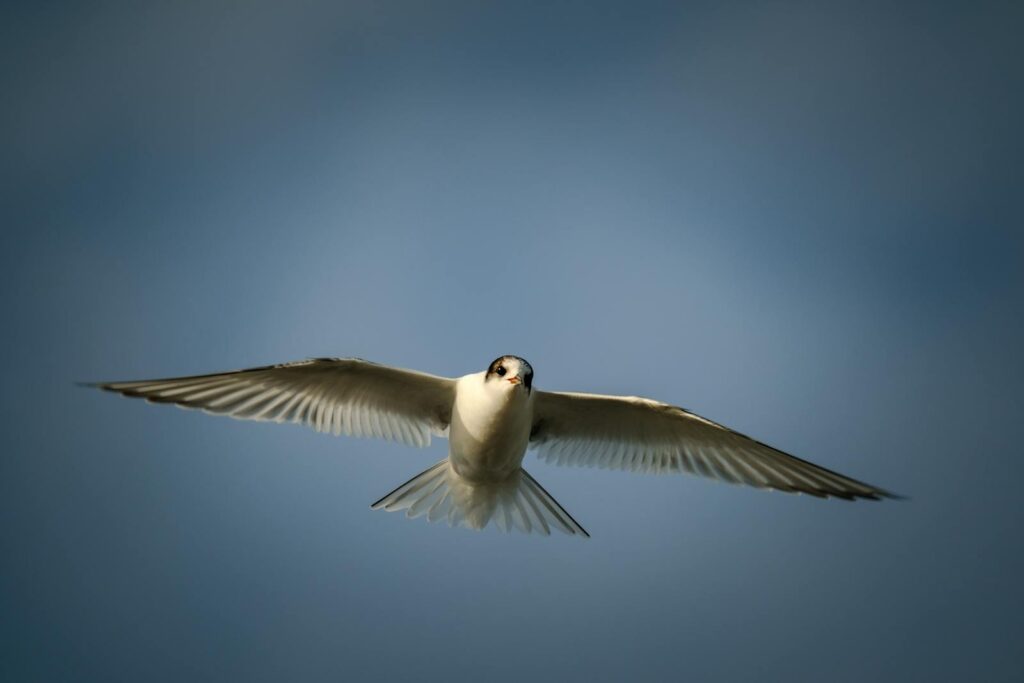
The Arctic Tern’s remarkable lifestyle offers profound insights for human society as we face our own global challenges. Their migration demonstrates nature’s incredible resilience and adaptability, showcasing how specialized evolutionary adaptations can transform seemingly impossible challenges into sustainable lifestyles. The tern’s dependence on healthy marine ecosystems across the entire planet underscores the interconnectedness of Earth’s environments and the limitations of conservation approaches focused on isolated protected areas. Perhaps most importantly, these birds embody the principle that boundaries—whether political, geographical, or psychological—are often human constructs that nature transcends. As we seek solutions to climate change, biodiversity loss, and sustainable resource management, the Arctic Tern reminds us that our planet functions as an integrated system requiring coordinated global stewardship. Their annual circumnavigation of our planet stands as both an inspiration and a challenge to humanity: to protect the extraordinary global commons that make such natural wonders possible.
The Arctic Tern’s pole-to-pole migration represents one of nature’s most extraordinary achievements—a testament to evolutionary refinement and the remarkable capacities of seemingly fragile creatures. As these birds continue their annual circumnavigation of our planet, they connect the Arctic and Antarctic, linking distant ecosystems and reminding us of our planet’s fundamental unity. In an increasingly fragmented world, these tireless travelers offer a powerful example of persistence, adaptation, and the transcendence of boundaries. By understanding and protecting the global pathways of the Arctic Tern, we acknowledge not just the needs of a single remarkable species but the interconnected nature of our living planet and our responsibility as its stewards.
